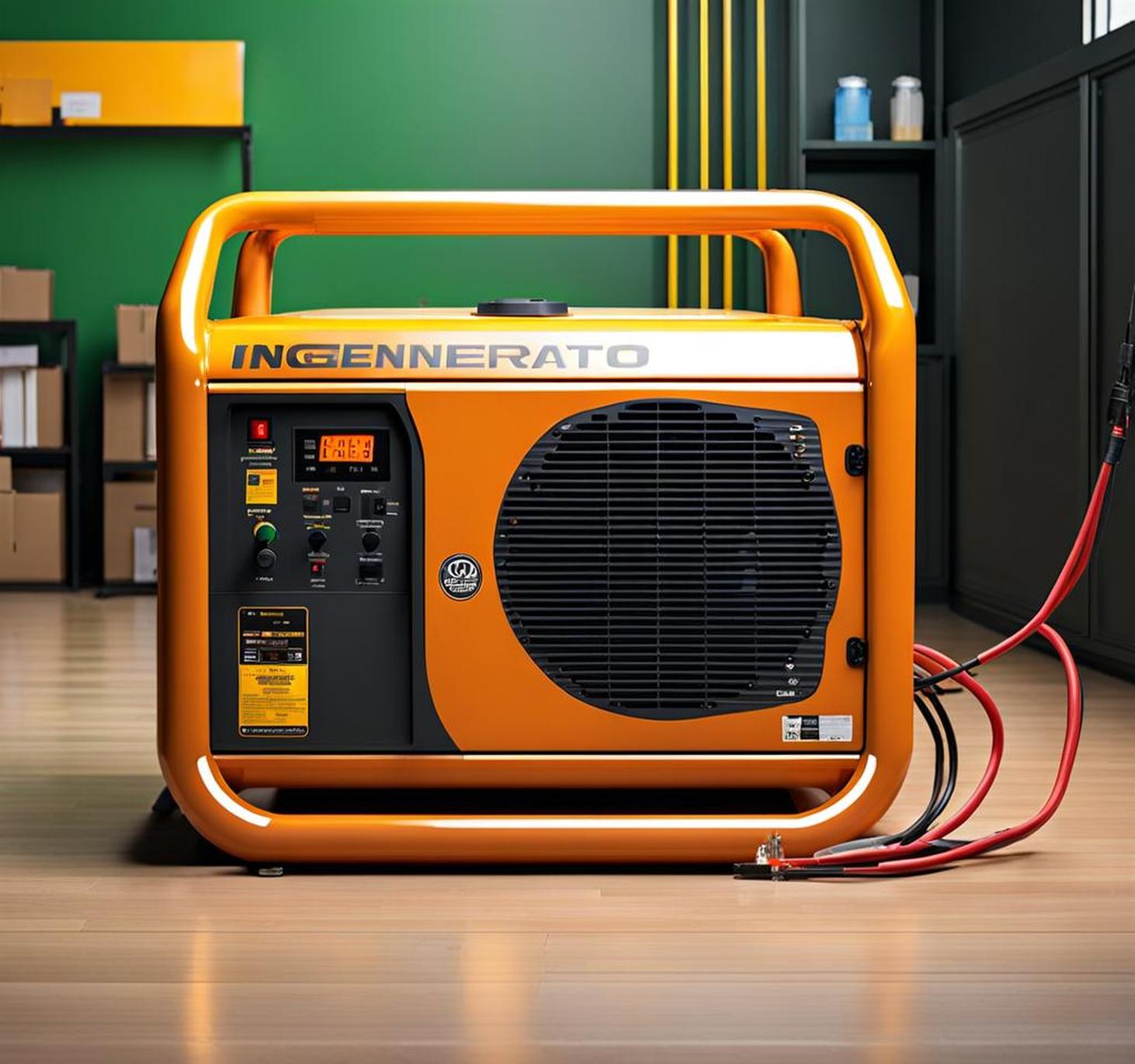Generators are invaluable when you need a portable power source, whether at a construction site, camping trip, or during a power outage at home. But nothing is more frustrating than pulling your generator out of storage, only to find it won’t start or produce electricity.
Before calling in an expensive mechanic, there are a few do-it-yourself troubleshooting steps you can take to get your generator running again. In most cases, the issues lie with one of three key systems: the engine, fuel supply, or electrical system.
Step 1: Check the Engine
The first place to start is inspecting the generator’s engine. Problems here can prevent the motor from starting or running properly.
Check the oil
It’s critical that the oil level is full – low oil can cause the engine to seize up. Check the dipstick and fill up to the proper level if needed. Refer to your owner’s manual for oil specifications.

Inspect air filter
A blocked air filter restricts airflow into the combustion chamber. Remove the air filter and hold it up to the light – you shouldn’t be able to see light through clogged filter media. Rinse with warm water and soap if dirty. Replace the filter if excessively soiled.
Check for loose spark plug
Loose spark plugs prevent proper sparking to ignite the compressed fuel/air mixture. Tighten them down snugly using a torque wrench to avoid stripping the threads. Refer to your manual for tightening specs.
Inspect fuel filter
Like the air filter, a clogged fuel filter starves the engine of adequate fuel supply. Remove the filter and clean it by spraying with carburetor cleaner. If it looks too far gone, install a replacement to be safe.
Step 2: Check the Fuel System
Issues with fuel delivery can also cause power loss. Work through these fuel system checks methodically.
Examine the fuel pump
The fuel pump pushes gas from the tank to the carburetor or fuel injectors. Turn the generator off and remove the fuel tank. Put your ear close to the pump and turn the engine over briefly. Listen for odd whining or grinding noises which can indicate pump failure. Replace the entire pump if necessary.
Inspect fuel injector
The fuel injector sprays atomized fuel into the cylinder. Remove the injector and clean it thoroughly with carburetor or brake parts cleaner. If it’s still not operating properly, buy a replacement injector matched for your generator model.
Check for clogged fuel lines
Debris and residue can obstruct the fuel supply lines leading to possible power loss. Disconnect the fuel lines and flush them through with solvent to remove any gunk buildup.
Drain old or contaminated fuel
Gasoline can go bad in as little as 30 days. Drain the carburetor bowl and entire tank. Then refill with fresh high-quality fuel matched to your engine displacement.
Step 3: Check the Electrical System
Finally, faulty electrical components can prevent your generator from starting up or transmitting power.
Inspect battery connections
Loose or corroded battery cables cause resistance that hinders starter current. Remove cables and clean the battery posts and cable clamps until shiny metal is visible. Reconnect tightly.
Check battery charge
Your battery must be well-charged to turn the starter and energize ignition components. Use a digital multimeter to check voltage – it should be 12.4 volts or higher. If low, fully recharge the battery or replace it if old.
Examine circuit breaker
The circuit breaker is designed to trip and cut power during overload. Reset the breaker switch to the ON position if it was flipped to OFF. Breakers weakened by heat damage must be replaced.
Check alternator belt tension
If the alternator belt is loose, it will slip and fail to spin the alternator to generate electricity. Tighten it by adjusting the alternator bracket bolts until proper tension is reached when pressed.
Test alternator output
A faulty alternator won’t supply the electrical current you need. Use a multimeter to check output voltage while the engine runs – it should show between 13 to 14 volts. If not, the alternator needs professional service or replacing.
Following these troubleshooting procedures methodically will help you zero in on the root cause if your generator has stopped producing power. With a little DIY determination, you can save money by fixing many common generator problems yourself.
Regular maintenance and proper storage is key for minimizing headaches with generators. But should problems arise, this 3-step engine, fuel, and electrical system checklist will get you back up and running.
